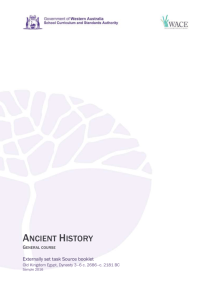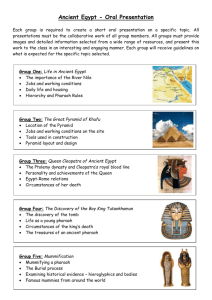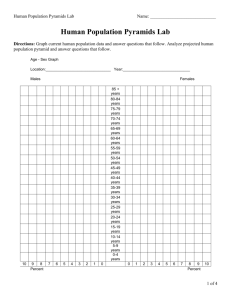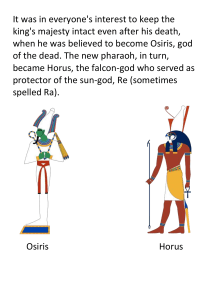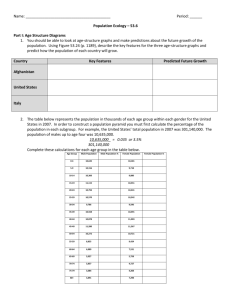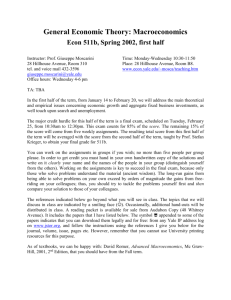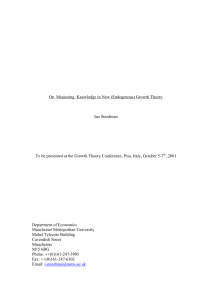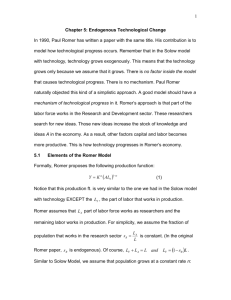Pyramids as You`ve Never Seen Them Before
advertisement
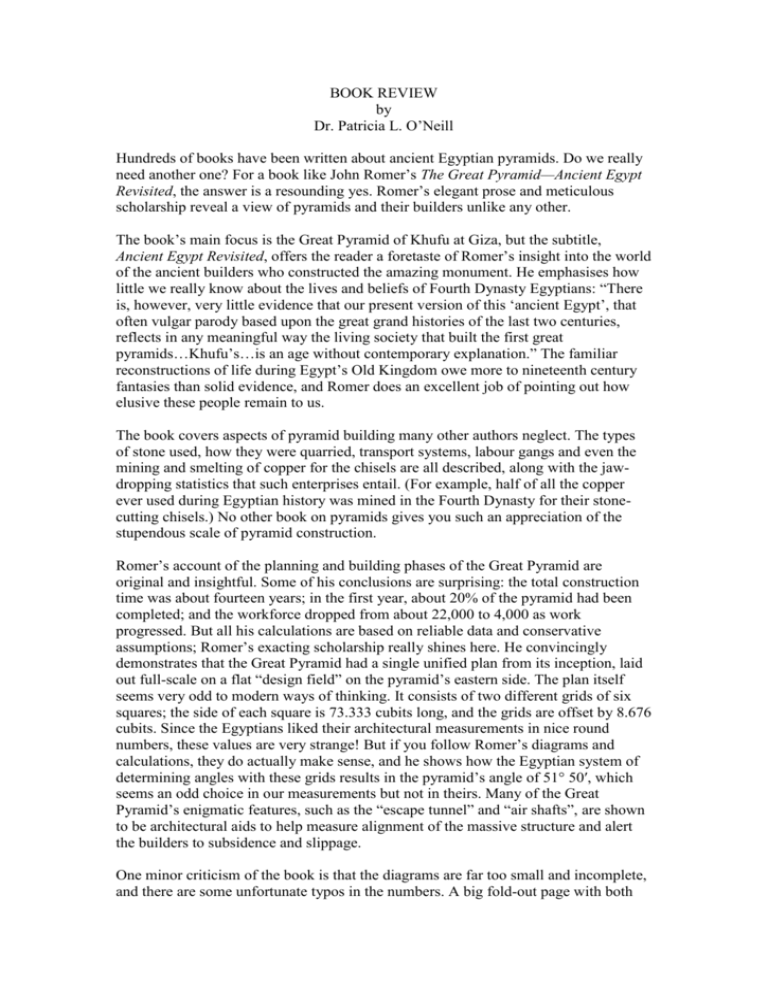
BOOK REVIEW by Dr. Patricia L. O’Neill Hundreds of books have been written about ancient Egyptian pyramids. Do we really need another one? For a book like John Romer’s The Great Pyramid—Ancient Egypt Revisited, the answer is a resounding yes. Romer’s elegant prose and meticulous scholarship reveal a view of pyramids and their builders unlike any other. The book’s main focus is the Great Pyramid of Khufu at Giza, but the subtitle, Ancient Egypt Revisited, offers the reader a foretaste of Romer’s insight into the world of the ancient builders who constructed the amazing monument. He emphasises how little we really know about the lives and beliefs of Fourth Dynasty Egyptians: “There is, however, very little evidence that our present version of this ‘ancient Egypt’, that often vulgar parody based upon the great grand histories of the last two centuries, reflects in any meaningful way the living society that built the first great pyramids…Khufu’s…is an age without contemporary explanation.” The familiar reconstructions of life during Egypt’s Old Kingdom owe more to nineteenth century fantasies than solid evidence, and Romer does an excellent job of pointing out how elusive these people remain to us. The book covers aspects of pyramid building many other authors neglect. The types of stone used, how they were quarried, transport systems, labour gangs and even the mining and smelting of copper for the chisels are all described, along with the jawdropping statistics that such enterprises entail. (For example, half of all the copper ever used during Egyptian history was mined in the Fourth Dynasty for their stonecutting chisels.) No other book on pyramids gives you such an appreciation of the stupendous scale of pyramid construction. Romer’s account of the planning and building phases of the Great Pyramid are original and insightful. Some of his conclusions are surprising: the total construction time was about fourteen years; in the first year, about 20% of the pyramid had been completed; and the workforce dropped from about 22,000 to 4,000 as work progressed. But all his calculations are based on reliable data and conservative assumptions; Romer’s exacting scholarship really shines here. He convincingly demonstrates that the Great Pyramid had a single unified plan from its inception, laid out full-scale on a flat “design field” on the pyramid’s eastern side. The plan itself seems very odd to modern ways of thinking. It consists of two different grids of six squares; the side of each square is 73.333 cubits long, and the grids are offset by 8.676 cubits. Since the Egyptians liked their architectural measurements in nice round numbers, these values are very strange! But if you follow Romer’s diagrams and calculations, they do actually make sense, and he shows how the Egyptian system of determining angles with these grids results in the pyramid’s angle of 51° 50′, which seems an odd choice in our measurements but not in theirs. Many of the Great Pyramid’s enigmatic features, such as the “escape tunnel” and “air shafts”, are shown to be architectural aids to help measure alignment of the massive structure and alert the builders to subsidence and slippage. One minor criticism of the book is that the diagrams are far too small and incomplete, and there are some unfortunate typos in the numbers. A big fold-out page with both grids represented side-by-side would have been a useful adjunct. There are also many photos of the Giza plateau from the late nineteenth and early twentieth centuries; these antique vistas of the priceless archaeological site will break your heart when you compare them to the modern views with Cairo’s ugly encroaching suburbs. No living author has ever understood the minds and hearts of ancient Egyptians the way John Romer has. In The Great Pyramid, he takes you on journey into their mysterious world. Even if you’re not a fan of pyramids, Romer’s book is a must-have for every Egyptophile. The Great Pyramid—Ancient Egypt Revisited John Romer Cambridge University Press, 2007

